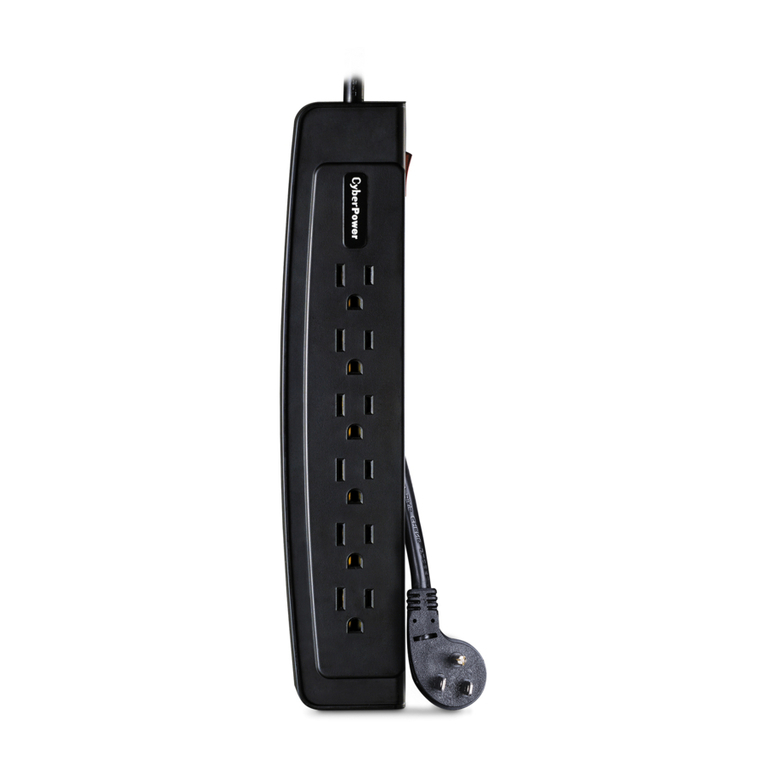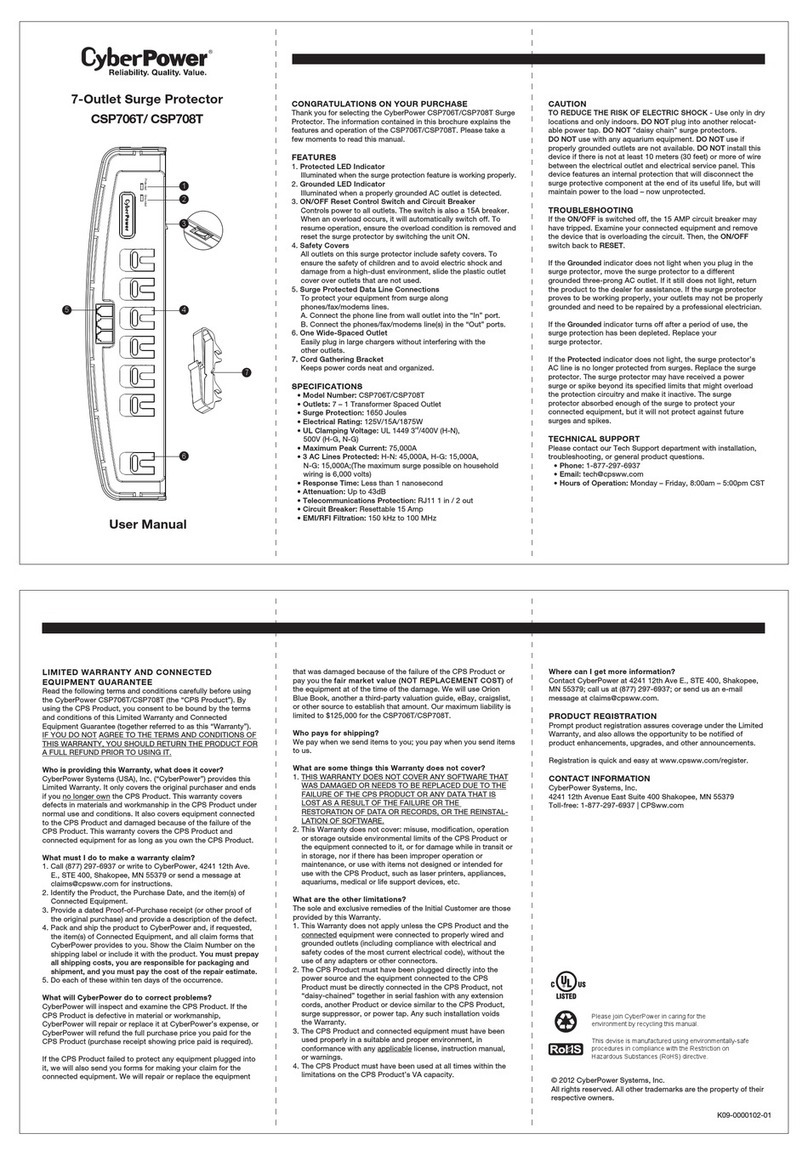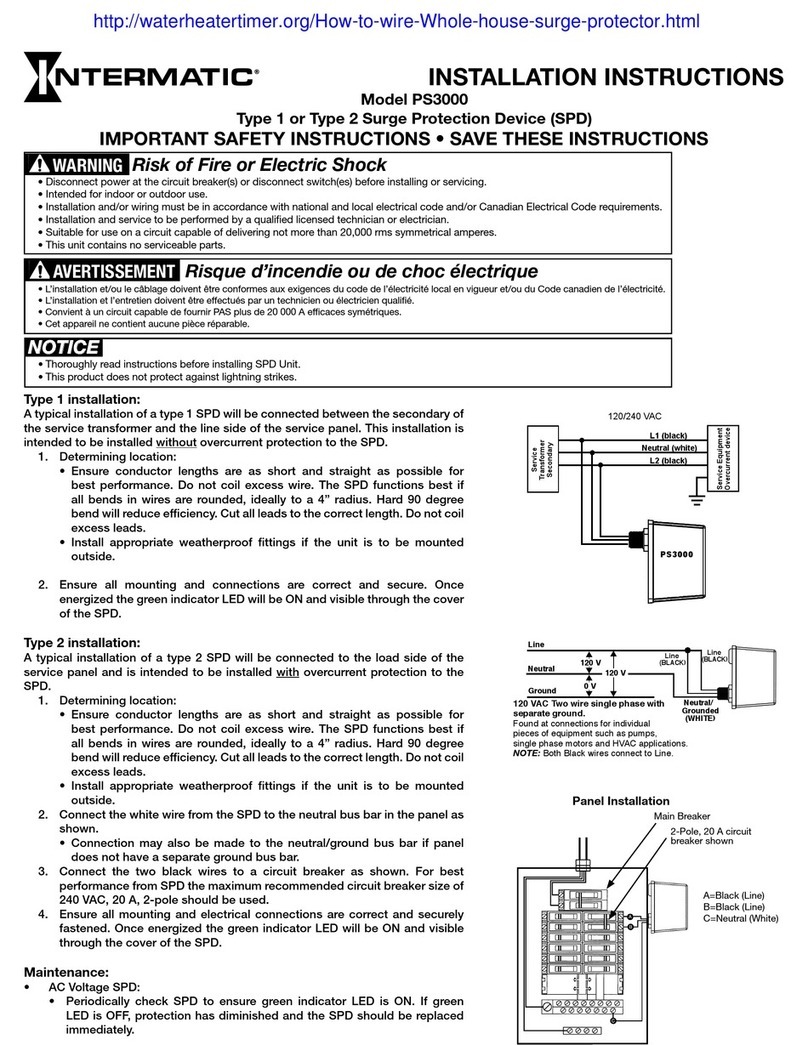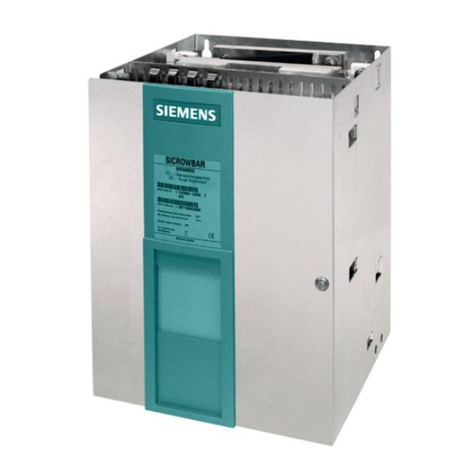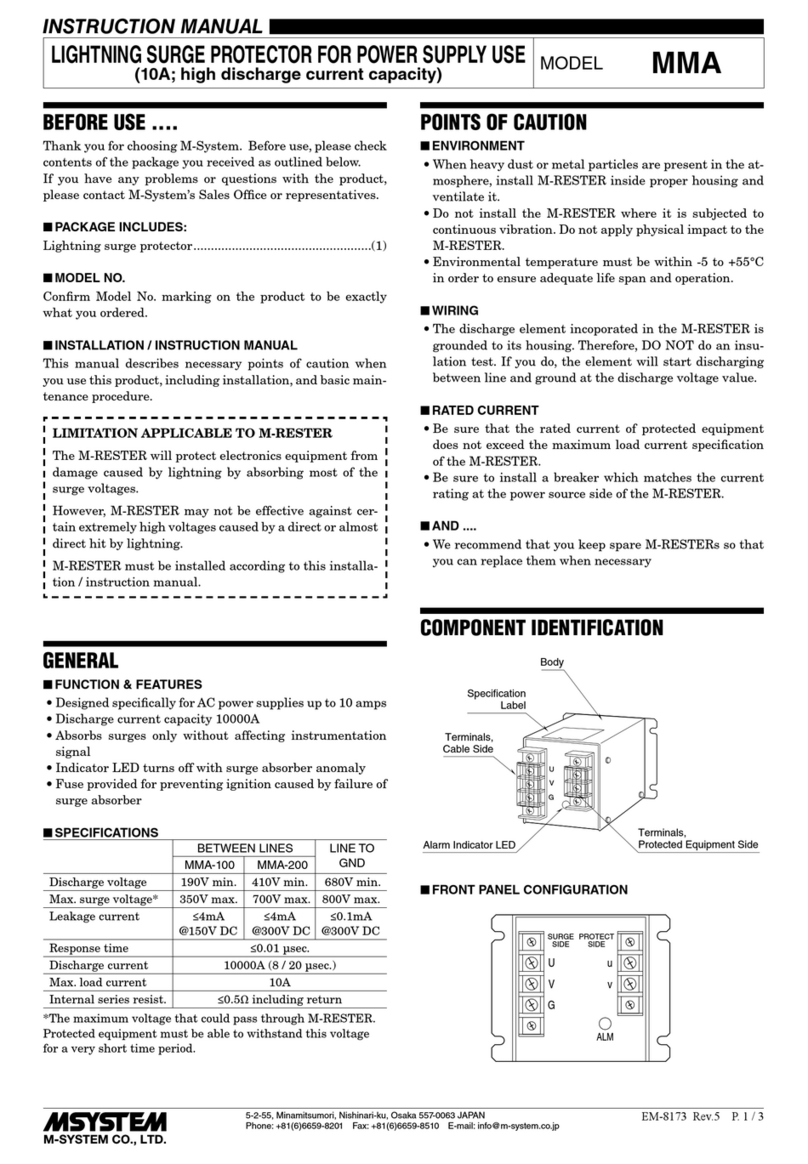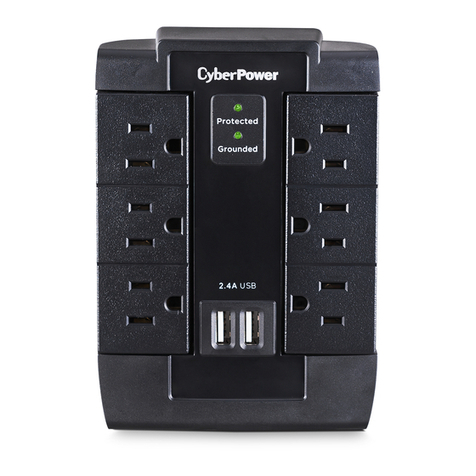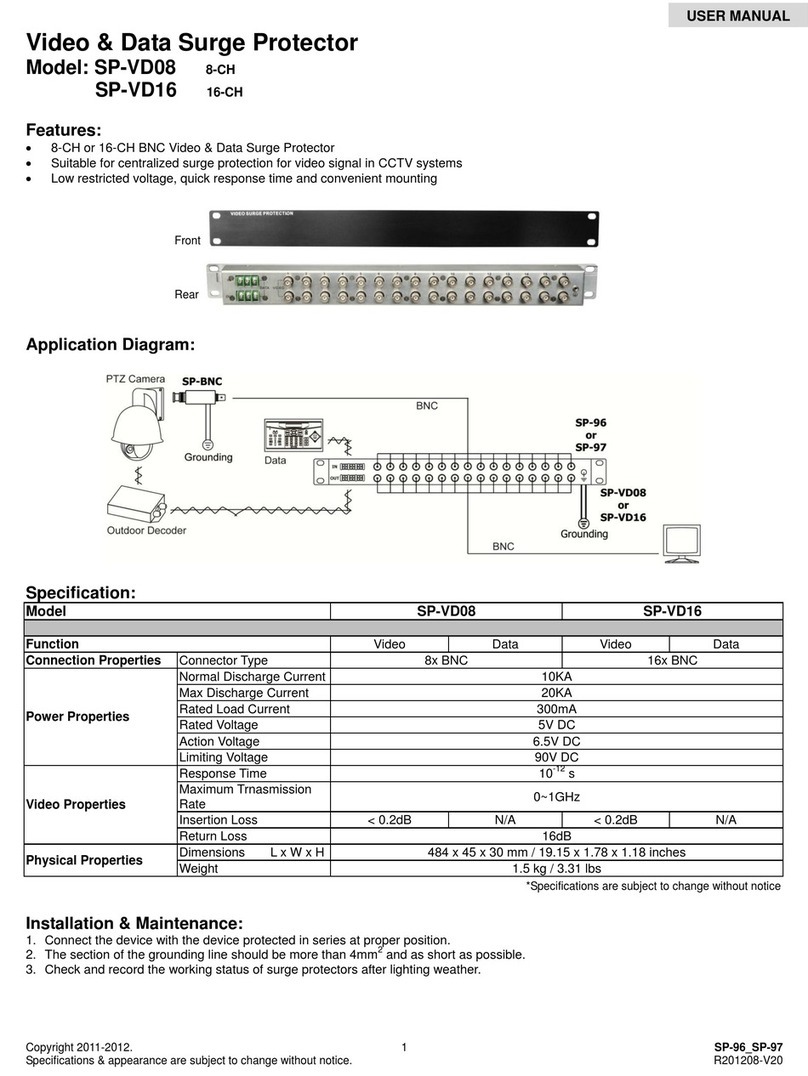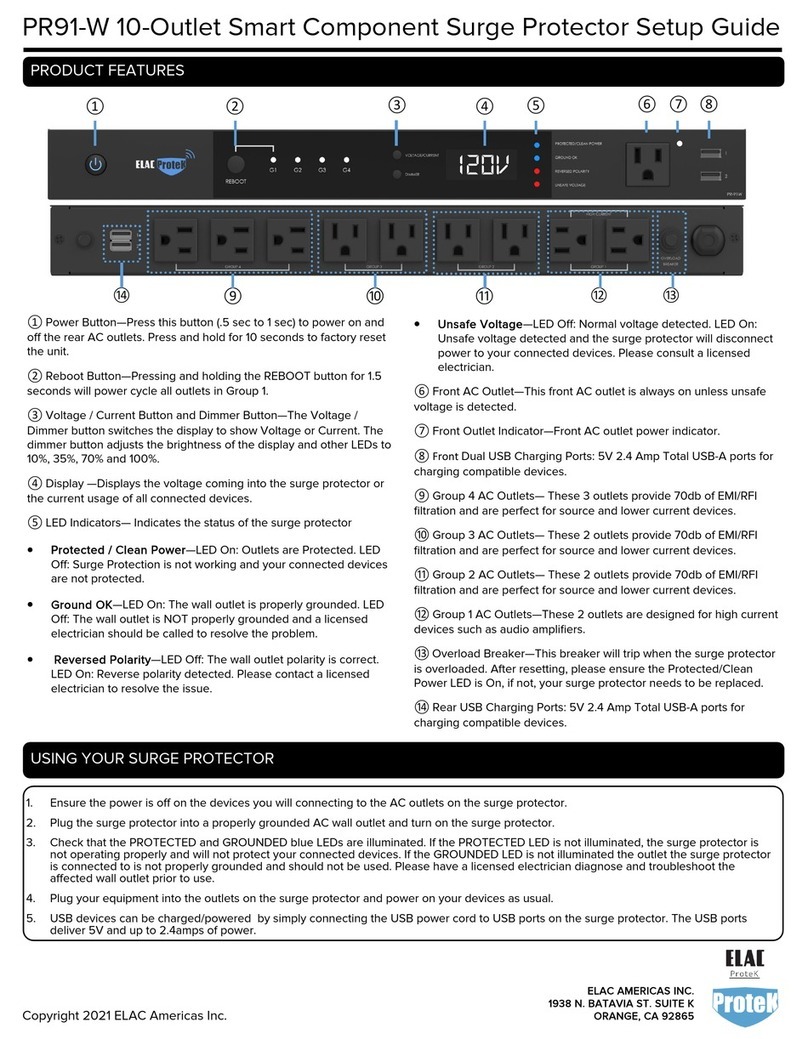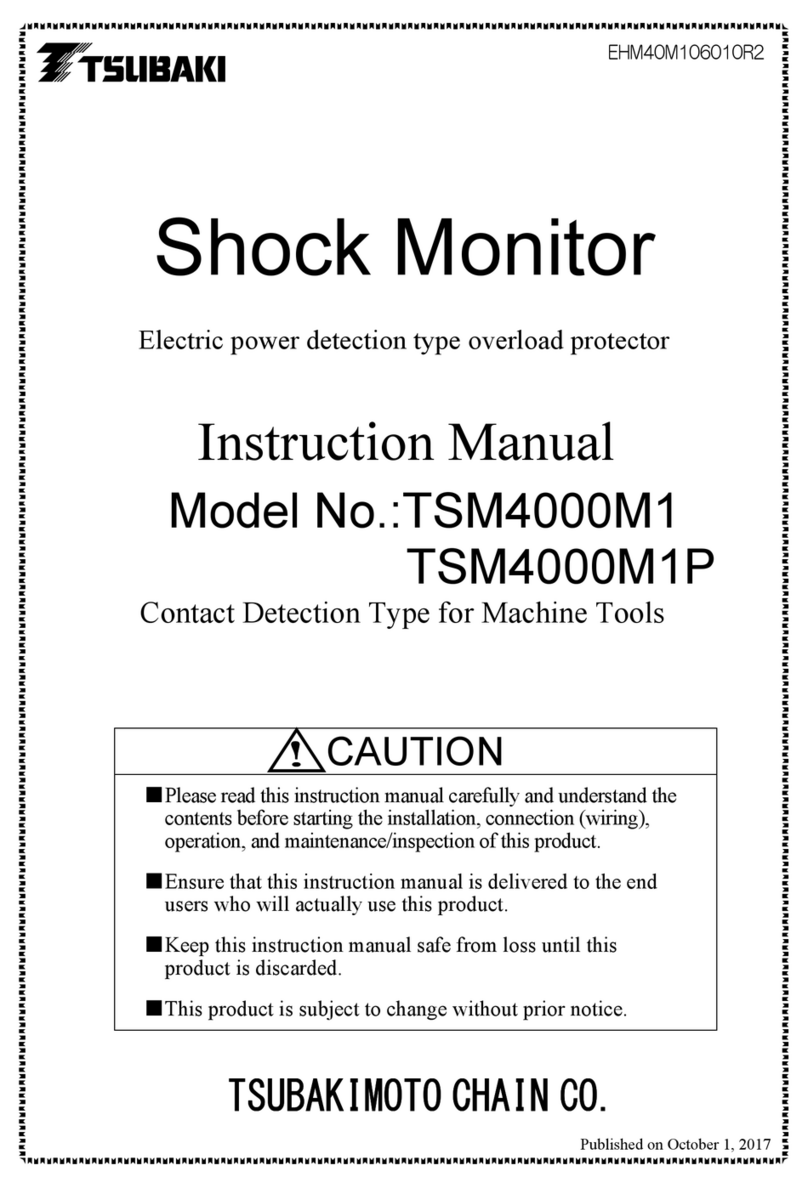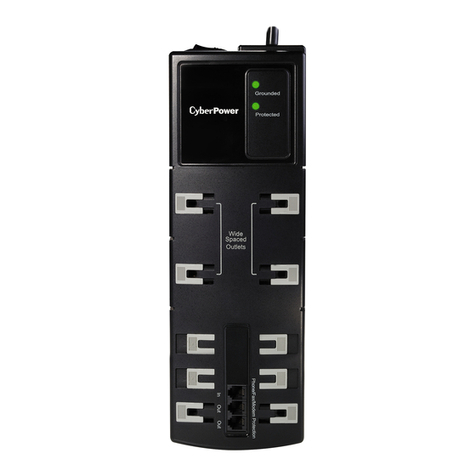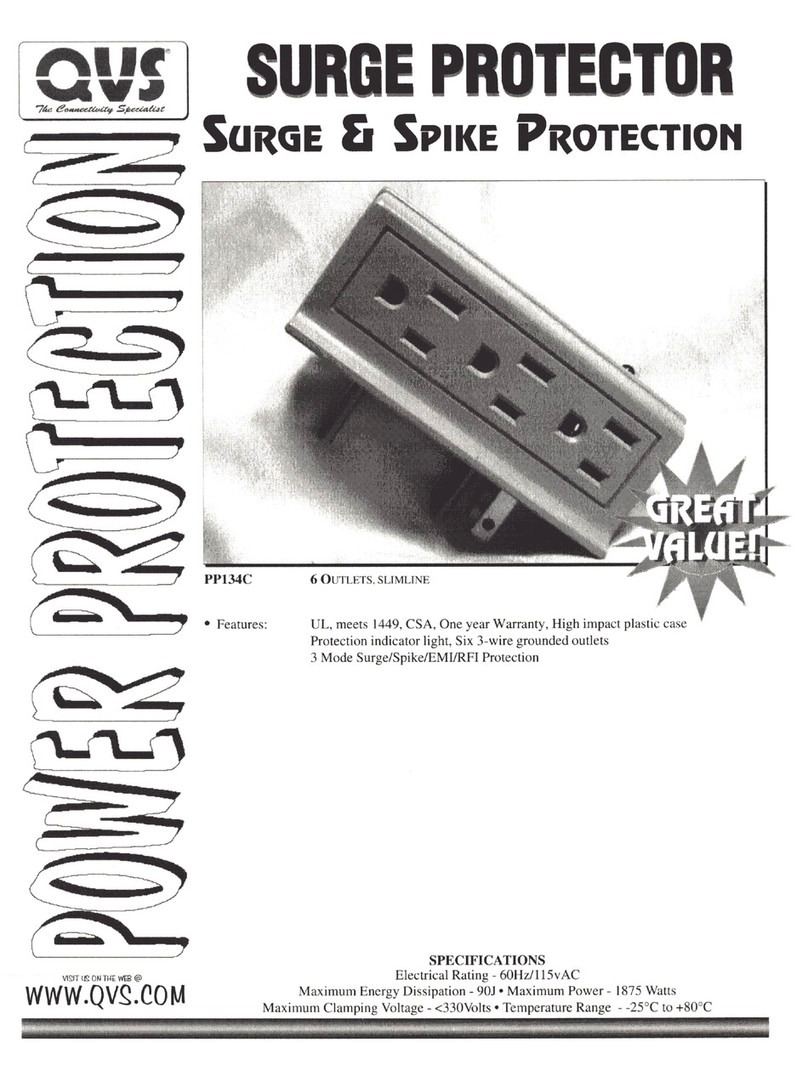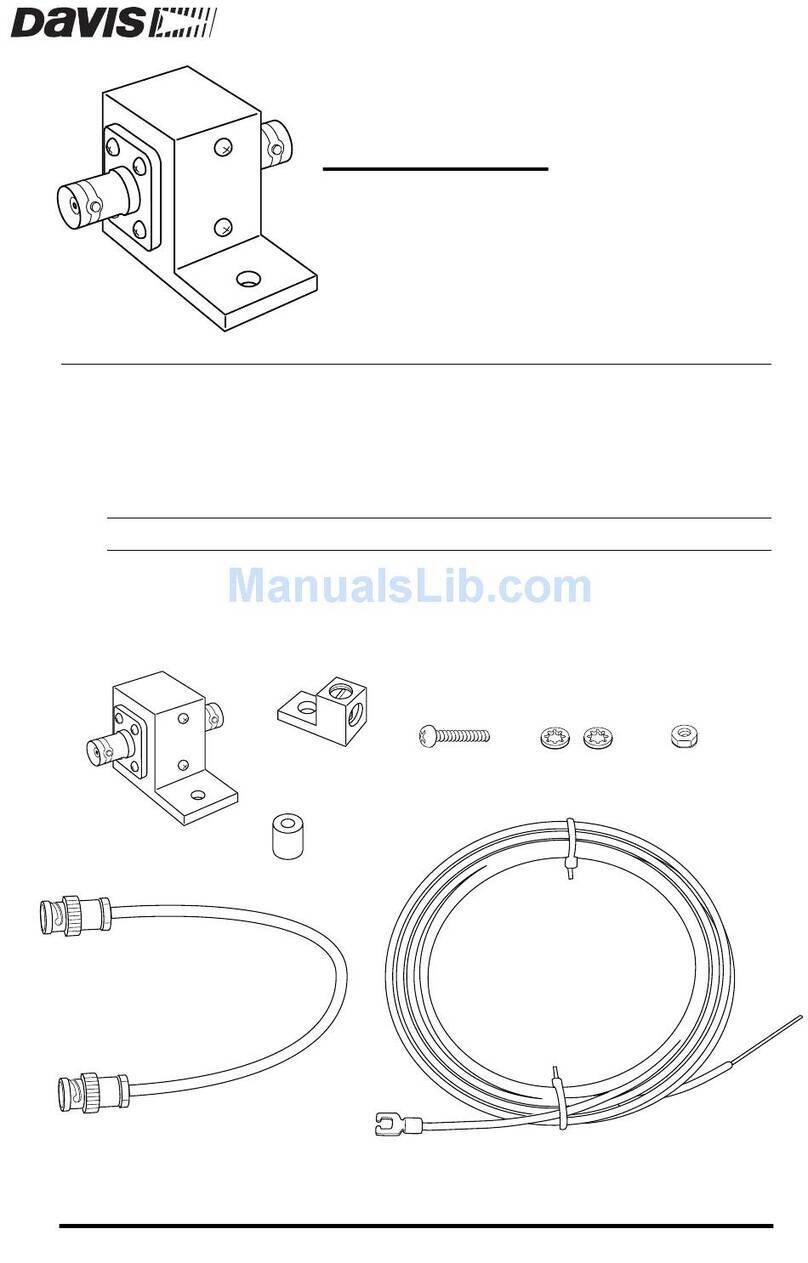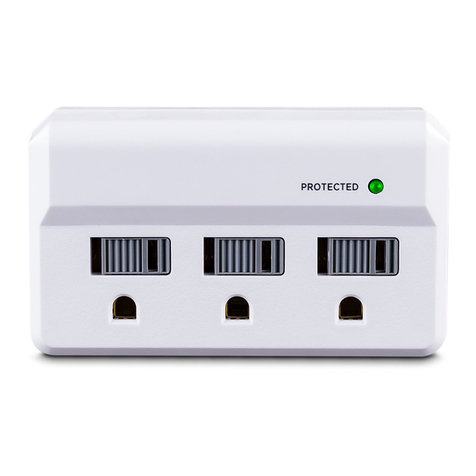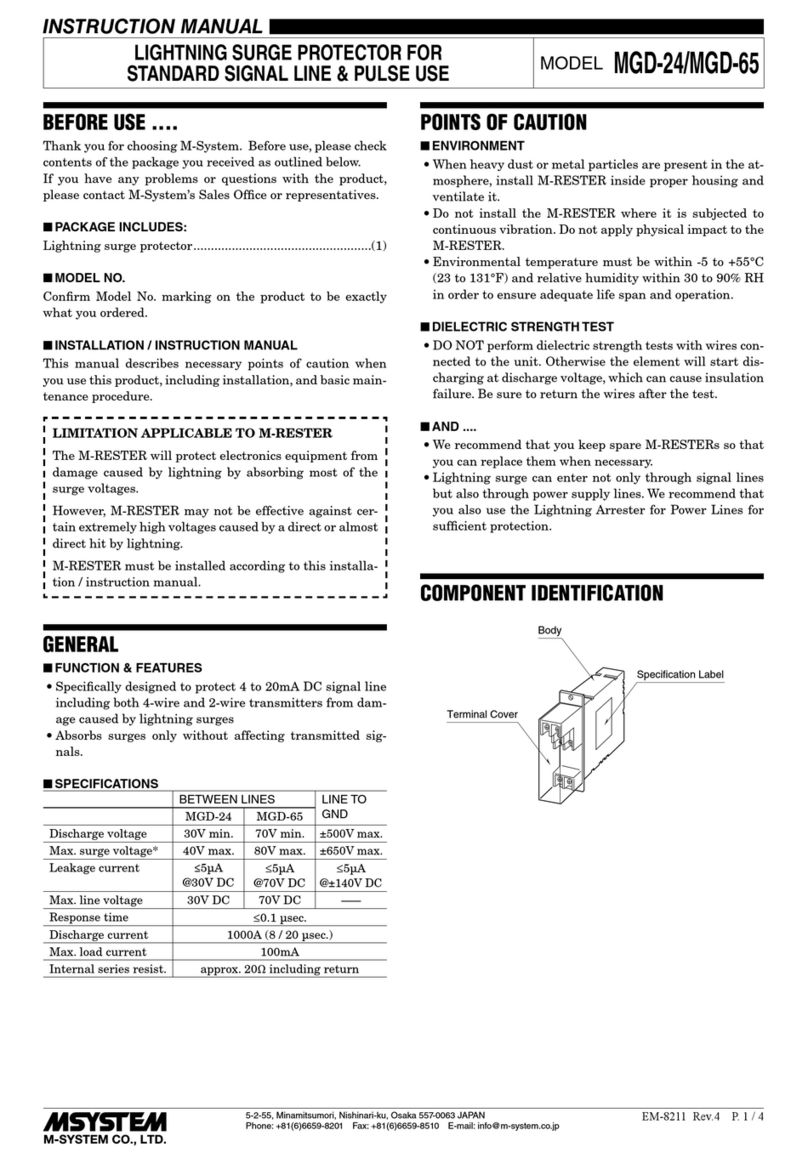
“ZNR” Transient/Surge Absorbors, Type E, Type CK, SC
– 55 –
Fuse
ZNR
Varistor
Protected
Equipment
2.2 Circuit Design 1
(Selection of Varistor Voltage Rating)
2.2.1 General Precautions
In selection of Varistor Voltage Ratings for line
protection, following general precautions shall be
taken in your consideration;
(1) Maximum operating voltage shall be lower than
the specified “Maximum Allowable Voltage” of the
Varistor applied.
(2)Some reasonable margin is required against
fluctuation of the primary AC line Voltage where
the Varistor is applied for preventing mechanical
and/or electrical failures of the device.
2.2.2 Across-the-Line Use
(Line to Line surge protection)
●Select the ZNR Varistors recommended in Table 1.
Notes: Because the primary line voltage temporarily
rises due to load unbalance of separately
wired loads, short circuit between the live line
and the nutral line or LC resonance at switching
for a capacitive load, ZNR Varistors with
✽are recommended for AC120 V or 240 V
applications. (See Table 1)
2.2.3 Line to Ground Use
(Line to Ground Surge protection)
●Select the ZNR Varistors recommended in Table 1.
Notes: When 500 V insulation resistance test of the
circuits employing ZNR Varistor is conducted,
the ZNR Varistor shall be removed after
getting approval from the customer, or the
ZNR Varistor ✽✽with the Maximum Allowable
Voltage exceeding to the test voltage shall be
applied. (See Table 1)
When AC1000 V or 1200 V dielectric with
standing test is conducted, ZNR Varistors
shall be removed after getting approval
from the customer according to the relevant
regulations, or ZNR Varistor ✽✽✽with the
Maximum Allowable Voltage exceeding to the
test voltage shall be applied. (See Table 1)
2.3 Circuit Design 2 (Fusing Varistors)
2.3.1 When a line current of equipment is higher than
the recommended current rating of the fuse in
Table 2, the location of the fuse shall be arranged
according to Fig 2.
Fig. 2 Alternative Fuse Location/placement
for Varistor Protection
2.4 Environmental Conditions
(1) The ZNR Varistors shall not be exposed
outdoors, because of being designed for indoors
use.
(2)The ZNR Varistors shall not be operated beyond
the Specified Operating Temperature Range and
shall not be exposed to direct sunlight and heating
part of equipment.
(3)The ZNR Varistors shall not be operated under
severe conditions of high temperatures and high
humidities such as places exposed to rain, wind
and vapor.
(4) The ZNR Varistors shall be free from dust, salty
wind and atomospheres polluted by corrosive
gas.
2.5 Precautions for Assemblies and Handlings
2.5.1 Solvent Cleaning
Organic solvents such as thinner and acetone
etc. shall not be applied to the ZNR Varistors for
preventing deterioration of the external coating or
molding resin.
2.5.2 Abnormal Mechanical Stresses
Abnormal mechanical stresses beyond the specifi e d
values such as strong falling shocks, ribrations and
bending/pulling forces, shall be kept minimum to
preventmechanical/electrical
failures of the devices.
2.5.3 Plastic Molding
If another plastic molding is applied to the ZNR
Varistors on your option, the influences on reliability
of the ZNR Varistors shall be carefully investigated
in your equipment.
2.6 Long Term Storage
(1)The ZNR Varistors shall not be stored under
severe conditions of high temperatures and high
humidities. Store them indoors under 40 °C max.
and 75 %RH max. Use them within one year, if
stored beyond the limit, check the solderbility before
use.
(2)The ZNR Varistors shall not be stored under
corrosive atomospheres such as hydrogen
sulfide, sulfurous acid, chlorine and ammonia.
(3)The ZNR Varistors shall not be exposed to direct
sunlight and shall not be stored under dew
formation.
2.7 Regarding to “Safety Regulations of the
Varistors”
In case of applications to UL and CSA standards,
refer to “Application Notes for UL and CSA Recognized”
ZNR “Varistors”
2.8 Parallel Capacitances of the ZNR Varistors
The ZNR Varistors have relatively high capacitances
specified in the individual specifications, special
consideration shall be taken into account in
applications to high frequency transmission
lines or circuits.
Aug. 201201

